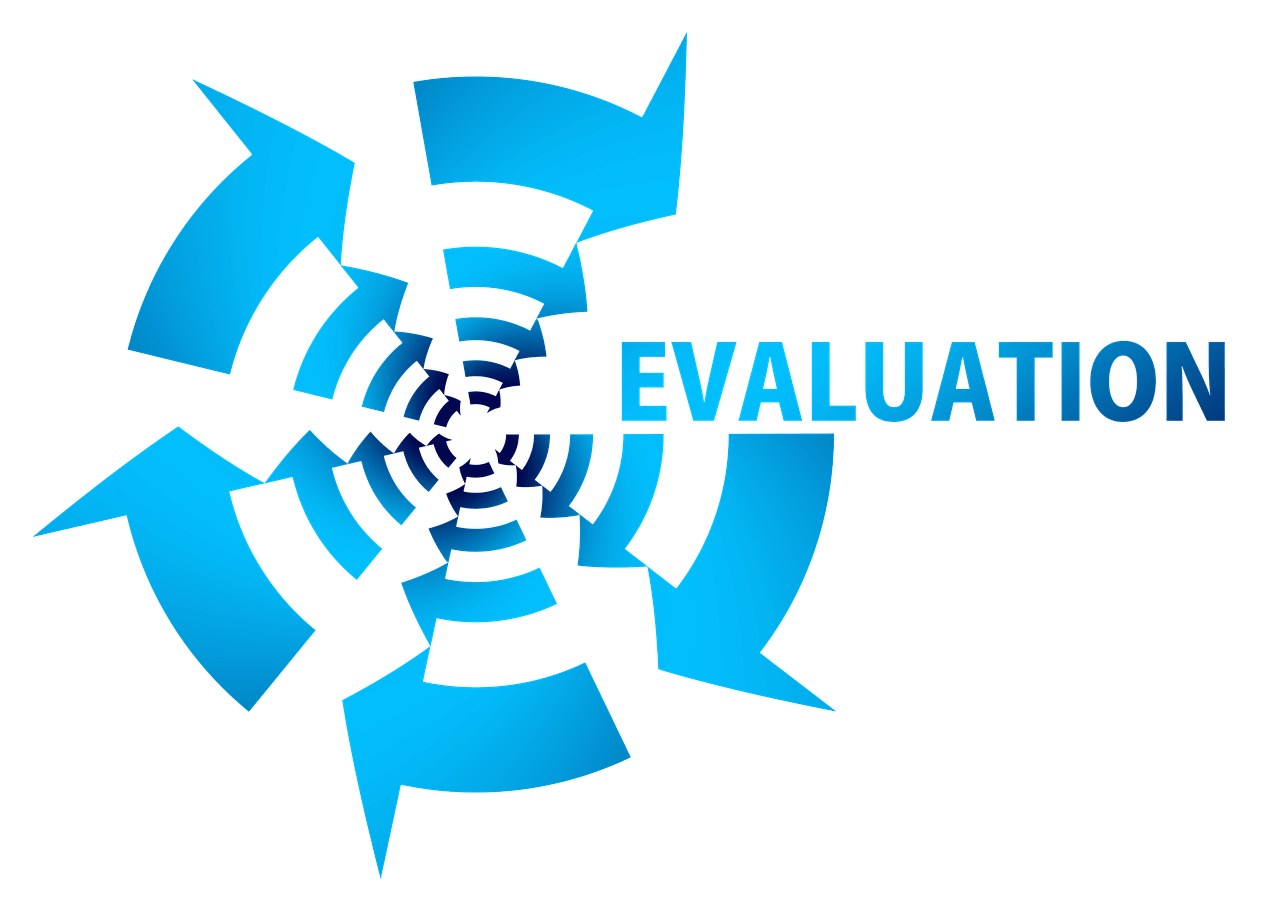A couple of weeks ago, in response to the posting “comparing” a Capital Campaign to the Annual Fund, I received the following, multi-part question:
I am part of a capital campaign now and we had a donor ask why the gift table does not change for a gift that comes in that is not listed on the gift table. For instance, if a gift comes in at $150K but the gift table lists $100K and then $250K next.
There isn’t one answer to that question.
From the “academic” perspective, once the Planning Study is over and the Gift Table is printed in various campaign materials, that’s pretty much it. No more changes to the Pyramid.
BUT, since development/fundraising is about the needs of the donor, looking at it from the perspective of a major donor, where the donor’s ego requires a change to the Table, You Change The Table !!
I’d expect that you can’t change the Gift Table in all the publications you’ve produced for the campaign, but the “Master Gift Table” in the Campaign Office, and the one on-line (if there are such) can/should be changed to reflect the “realities.”
It would not be very costly to create a 3’x4′ Table to hang on a wall – with boxes to fill in when a commitment is made for one/any of the listed amounts … and to have that chart reprinted if/when “required.”
I also think that it could be awkward or misconstrued if several donors have already seen the set table to have other versions floating around, no?
Whatever is decided, it must take the needs/sensitivities of your constituents/donors into consideration.
That’s actually my answer to most issues in development 🙂
Realistically, if your Gift Table was constructed based on the results of a Planning Study, then the commitments at the top of the pyramid would have been fairly well assured, and adding another level shouldn’t bother/annoy/impact those other major donors … especially since, for most major donors, this would not be their first ride on the carousel.
And, if anyone asks, you can always respond that the Gift Table was modified based on information received after the Planning Study was completed and after the initial Gift Table was constructed.
=-=-=-=-=-=-=-=-=-=-=-=-=-=
We’ve been posting these pieces for the last five years,
and we’re now at a point where, to keep this “blog” alive,
we need your questions/problems to engender further discussion.
Look forward to hearing from you.
Comments & Questions
=-=-=-=-=-=-=-=-=-=-=-=-=-=
Have a comment or a question about starting, evaluating
or expanding your fundraising program?
AskHank
=-=-=-=-=-=-=-=-=-=-=-=-=-=
Have you heard about
The Fundraising Series of ebooks?
They’re easy to read, to the point, and inexpensive ($1.99-$4.99)
=-=-=-=-=-=-=-=-=-=-=-=-=-=
If you’re reading this on-line, and would like to comment/expand on the above piece, or would just like to offer your thoughts on the subject of this posting, we encourage you to “Leave a Reply.” If you’re reading this as an email, and you want to comment on the above piece, email Comments to offer your thoughts. Your comments, with appropriate attribution, could be the basis of a new posting.










